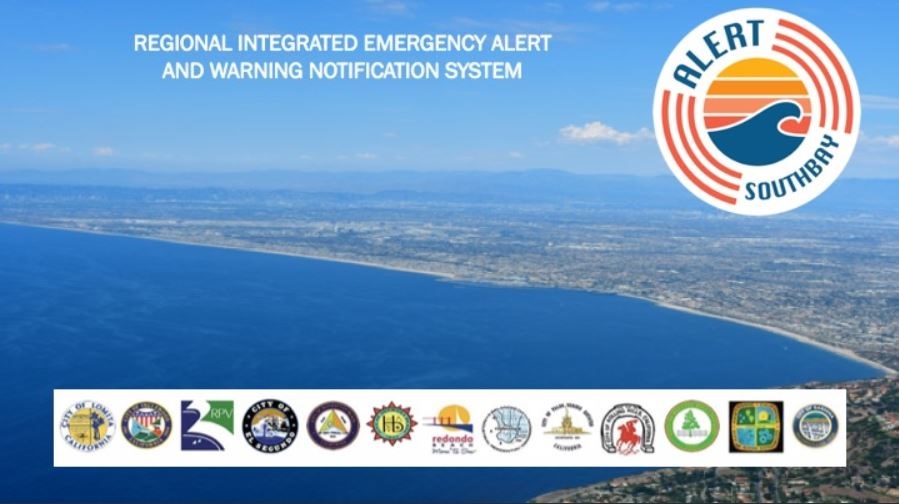November 13, 2020
A CRITICAL HOLIDAY AHEAD
The case numbers continue to climb, and hospitalizations are slowly increasing, making what we do and how we behave matter more than ever. The state of California has hit the 1 million case count as of today. The past nine months have been hard on everyone, and we hear our communities’ concerns. Many are very fearful and feel isolated, while others miss their family and friends dearly. It’s an unprecedented time in the world’s history, and we ask that everyone remember that this is not permanent.
Please remember that gathering with anyone outside your household is not without risk as we head into the holidays. Still, the most prudent thing we can all do is to not gather with older high-risk relatives. And for those who do, remember outdoors is safer than indoors, and wearing a face covering is strongly recommended to reduce the risk of exposures. The spacing of older and more vulnerable individuals is important. While we feel these members are family, find a new family tradition other than hugging to greet each other. Wear face coverings when around others and, if possible, quarantine for 14-days before seeing family.
And remember, if you are experiencing loneliness, The Los Angeles County Department of Mental Health (LAC DMH) has published materials in multiple languages to address mental health & wellbeing needs and concerns that can be accessed by clicking here. You can also call the LACDMH’s 24/7 Help Line at (800) 854-7771.
HOW TO TALK TO YOUR KIDS ABOUT COVID-19
The topic of the COVID-19 has educators and parents wondering how best to talk to their children and students to help reduce worry and anxiety. Here are some helpful conversation tips when talking to children about COVID-19:
-Remain calm and reassuring: Children react to both what you say and how you say. They will pick up cues from the conversation you have with them and others.
-Be available to talk and listen: Make time to talk to your children. Be sure your children know they can come and talk to you.
-Don’t be afraid to discuss coronavirus: Not talking about it makes kids worry more. Look at the conversation as an opportunity to convey the facts and set the emotional tone.
-Provide honest and accurate information: Give children information that is truthful and appropriate for their age and developmental level.
-Be developmentally appropriate: Don’t volunteer too much information as this may be too overwhelming. Instead, try to answer your child’s questions.
-Avoid language that may blame others and lead to stigma: Remember viruses make anyone sick. Avoid making assumptions about who might have coronavirus. Bullying or negative comments made towards others should be stopped and reported to schools.
-Teach children everyday actions to reduce the spread of germs. Help children into the habit of handwashing and wearing a mask and remind them how important physical distancing is in slowing the virus’s spread.
-Communicate with your school: Talk to your school nurse, school counselors, school psychologist, or school social worker if your child is having difficulties resulting from anxiety or stress related to the coronavirus.
STATE OF CALIFORNIA TRAVEL ADVISORY ISSUED
Today, Governor Gavin Newsom issued a travel advisory urging visitors who enter the state or who are returning home from travel outside the state to self-quarantine to slow the spread of the virus. The travel advisories recommend against non-essential out-of-state travel, ask people to self-quarantine for 14 days after arriving from another state or country, and encourage residents to stay local.
In addition to urging individuals arriving from other states or countries to self-quarantine for 14 days after arrival, the states’ travel advisory recommends individuals limit their immediate household interactions. The advisories define essential travel as travel for work and study, critical infrastructure support, economic services and supply chains, health, immediate medical care, and safety and security.

